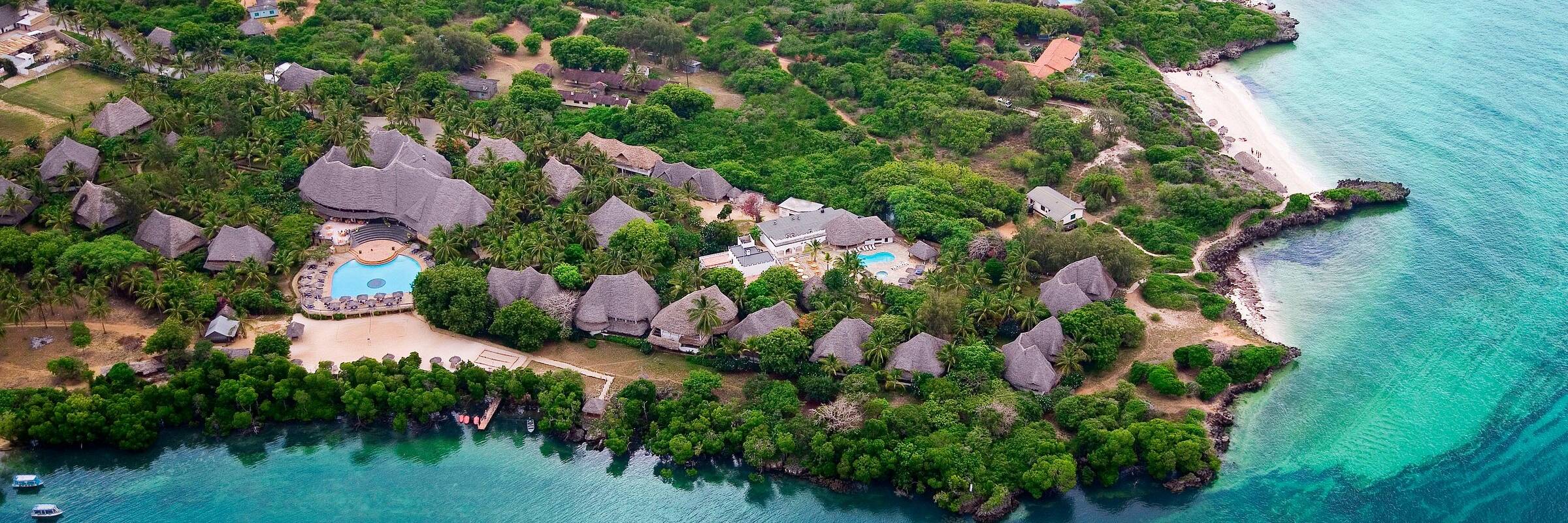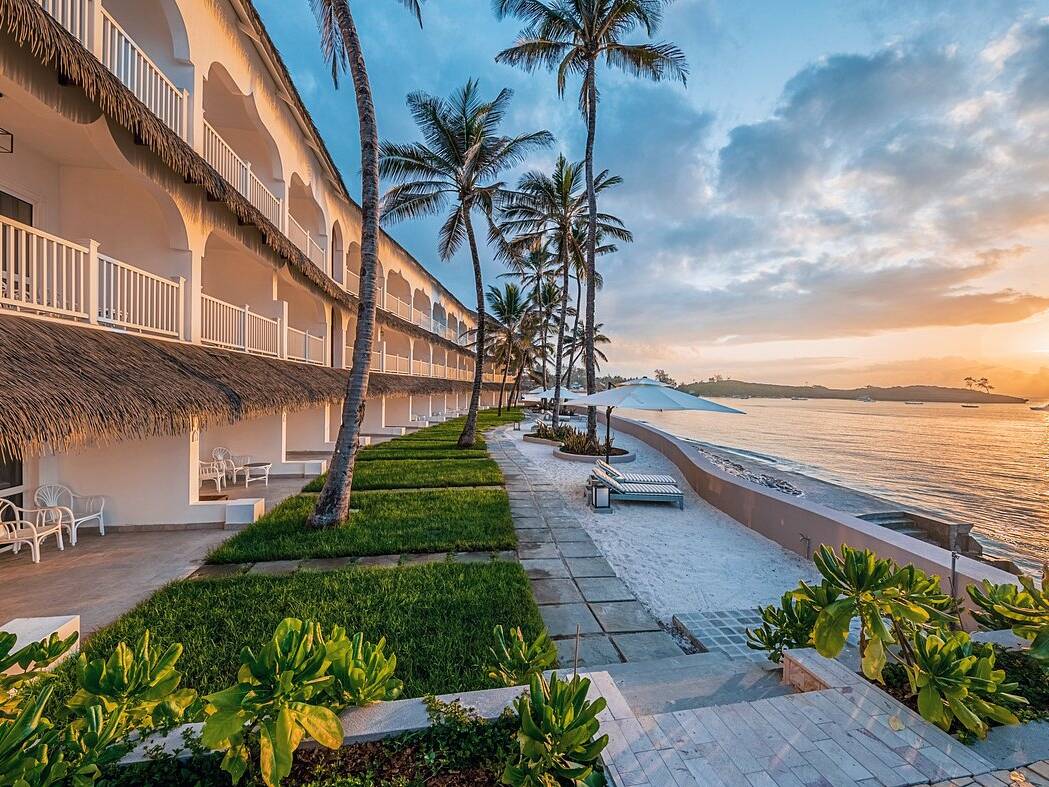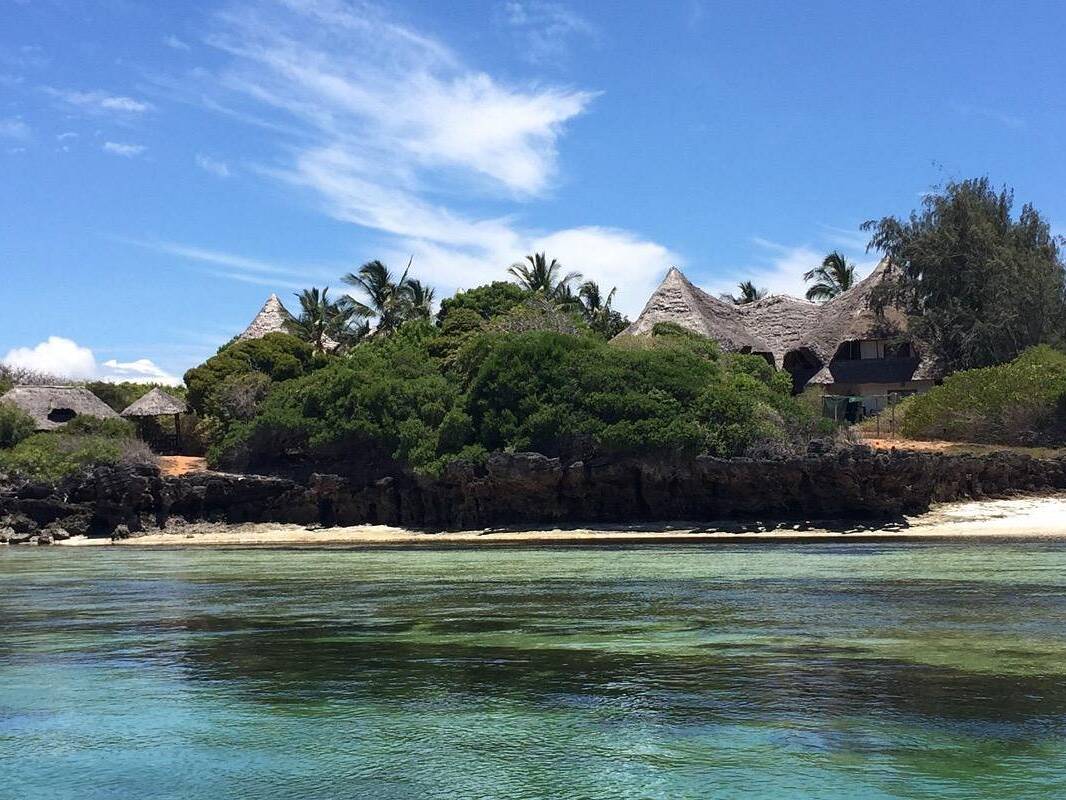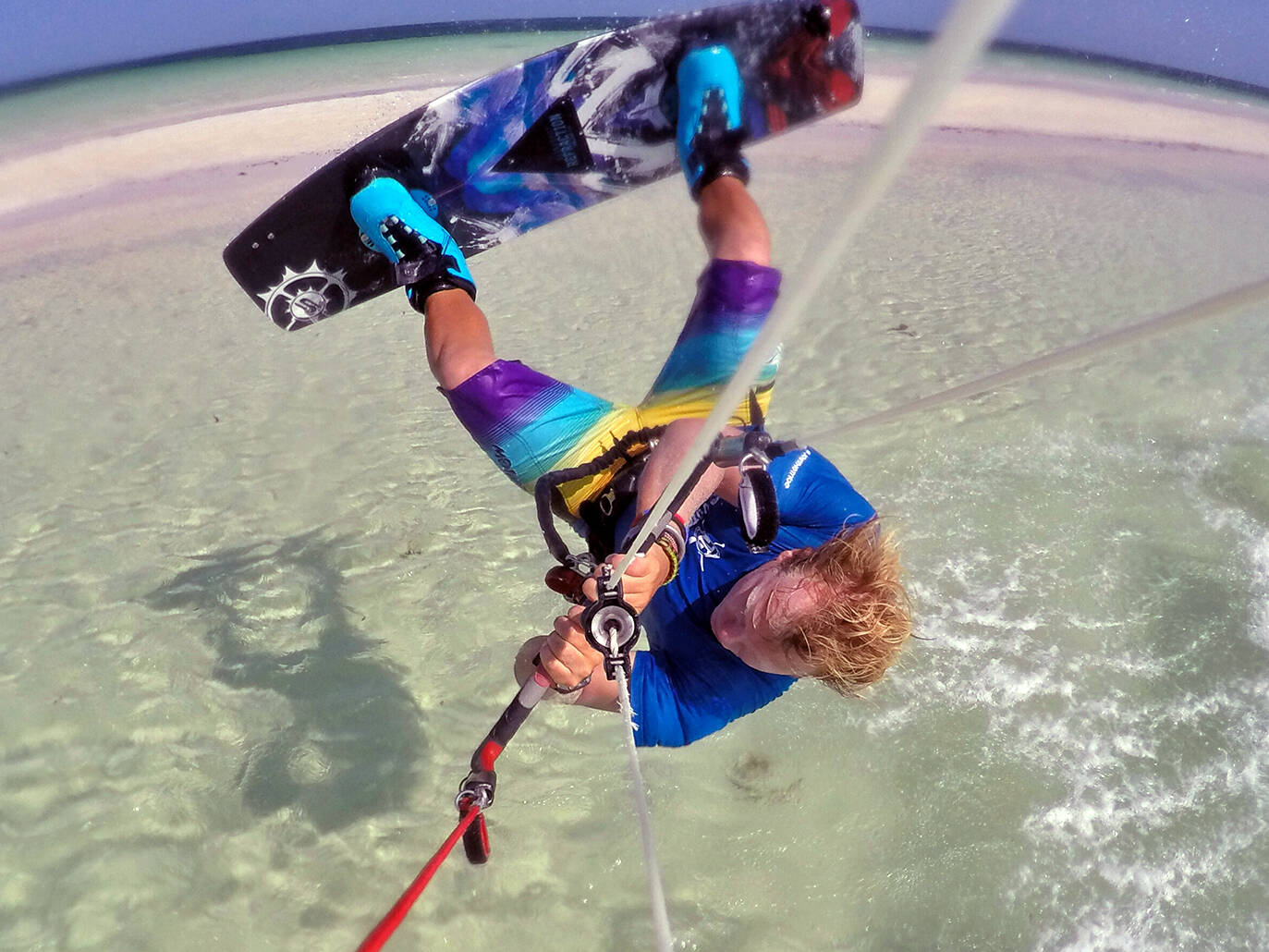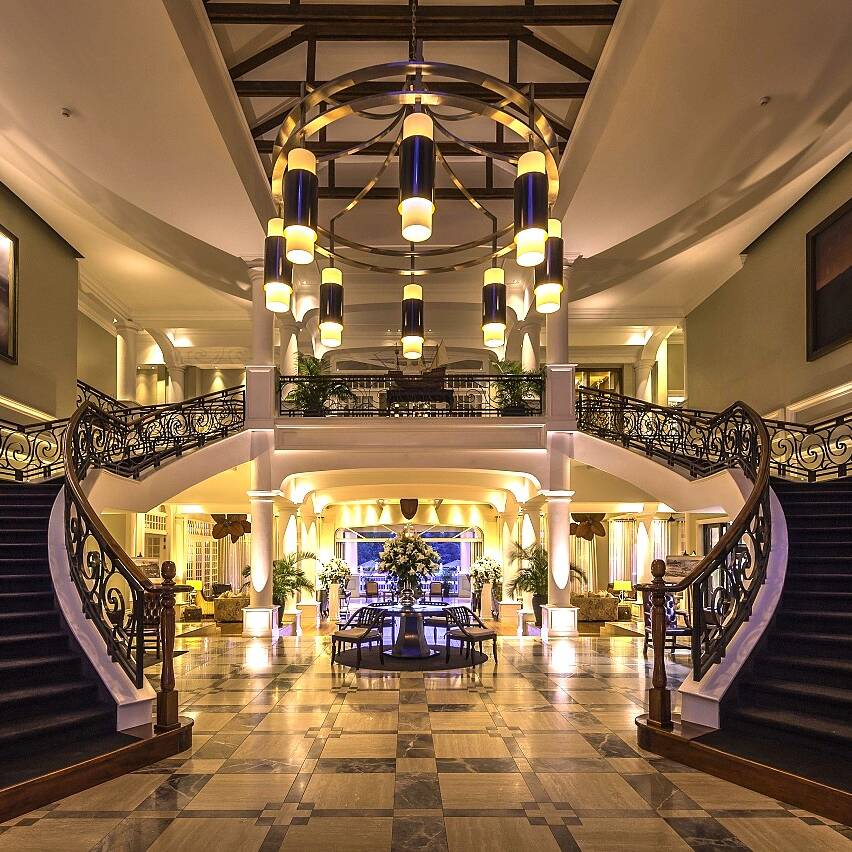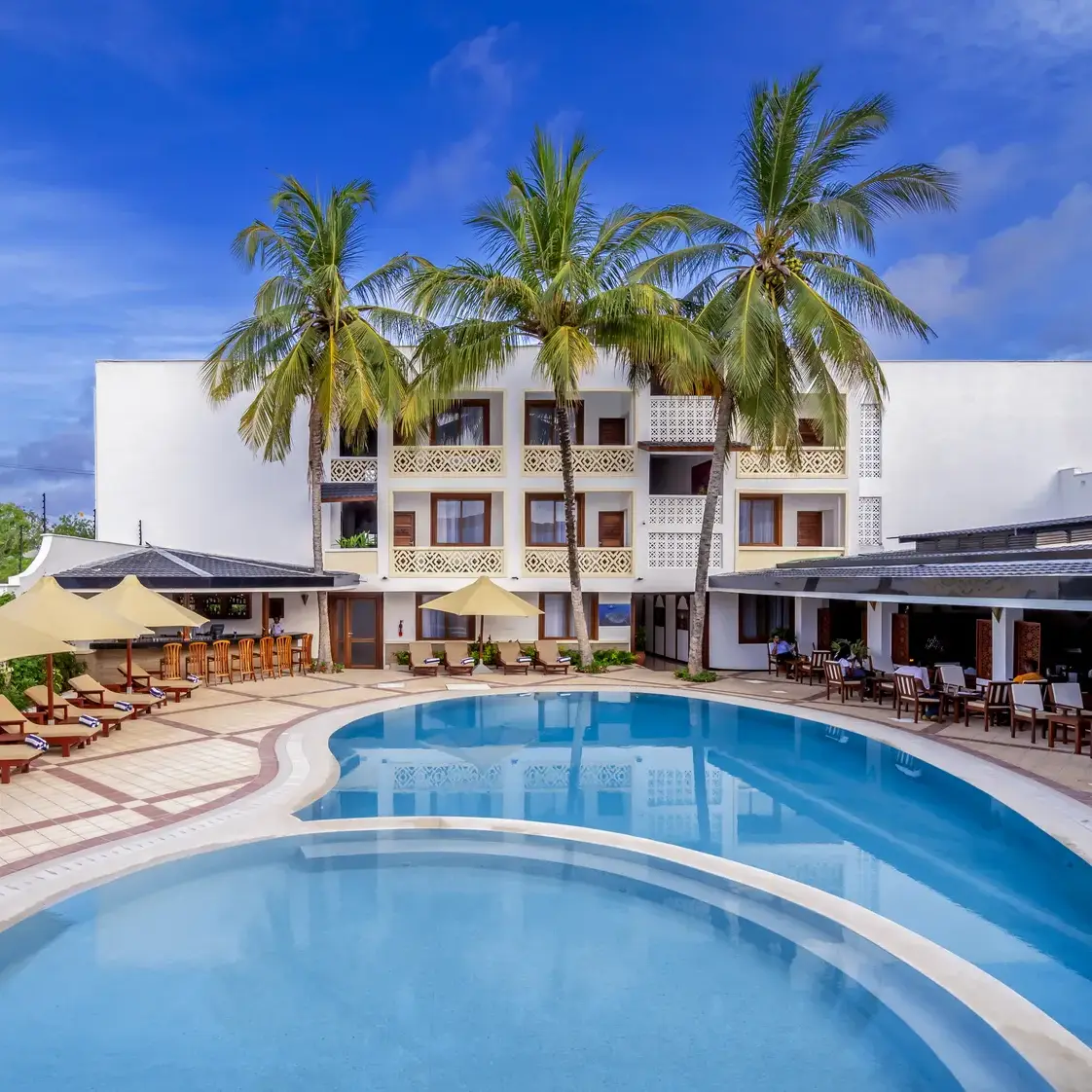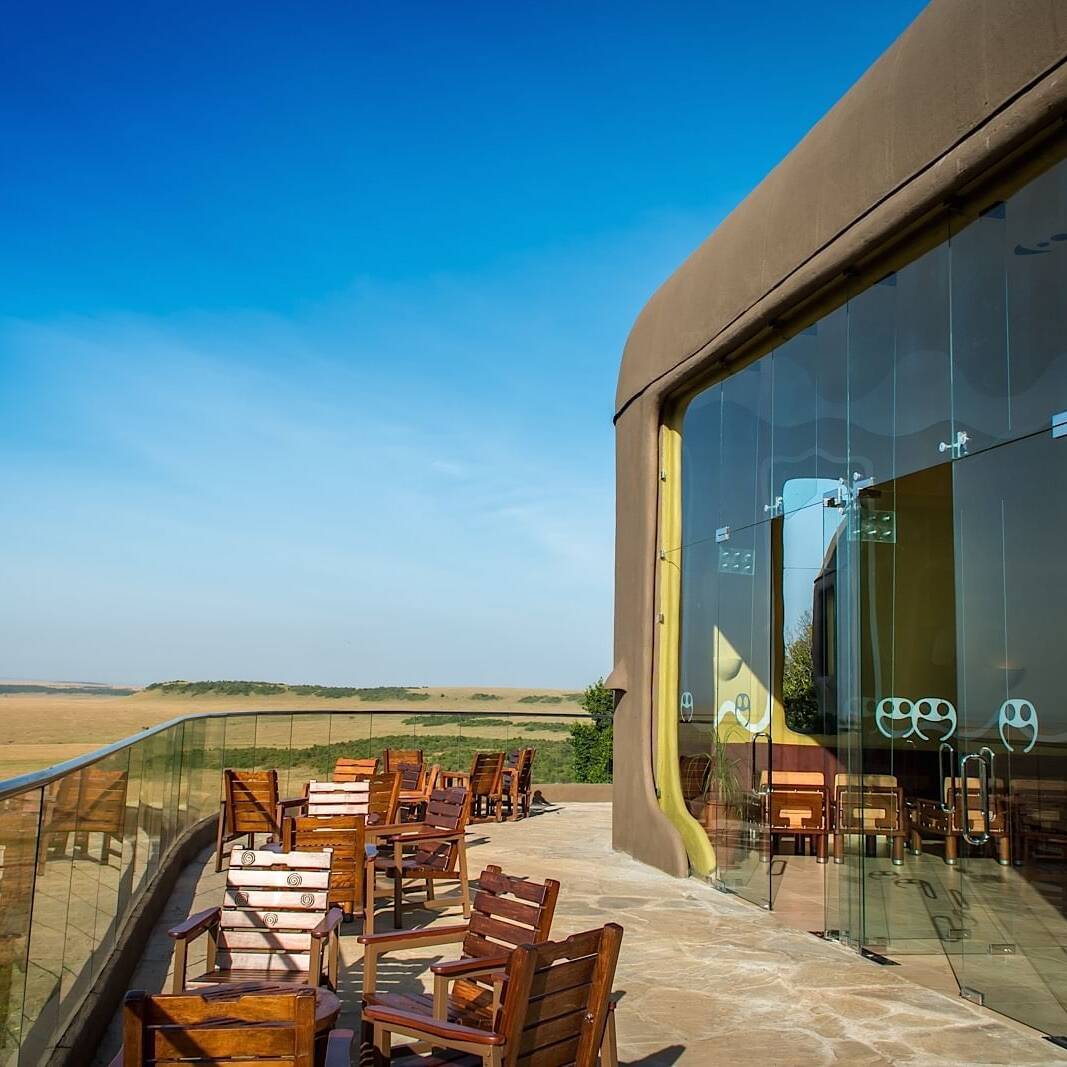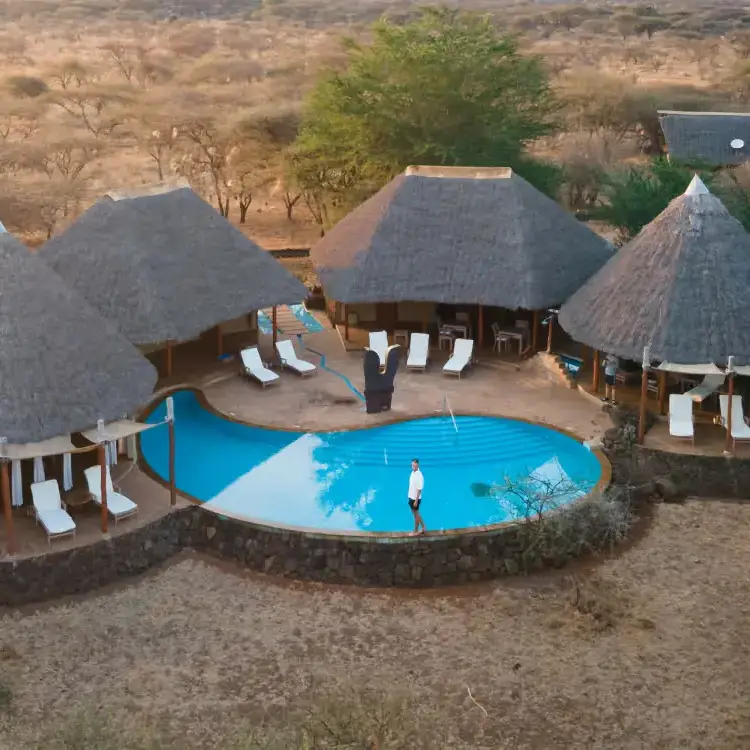Watamu sits along Kenya’s central coastline in Kilifi County, just over 100 kilometers north of Mombasa—a strategic location for both tourism and marine activity. The area is bordered by the Goshi Creek with its established mangrove systems, and boasts approximately 10 kilometers of pristine white-sand beaches, all backed by lush coastal forest. Notably, it serves as a key nesting ground for the olive ridley turtle, drawing conservation interest and eco-conscious travelers alike.
Watamu presents a great blend of relaxed beach culture and vibrant marine biodiversity, positioning itself as a compelling destination for both leisure and environmental investment. Mornings see the activity of local fishermen operating traditional dhows, while the calls of indigenous birdlife highlight the region’s ecological value. Daytime opportunities range from snorkeling among sizable clams in the marine park to guided tours of historical Swahili ruins, offering a blend of natural and cultural assets. As tides recede, temporary sandbars provide distinctive experiences for visitors, and the area’s hospitality sector capitalizes on the coastline’s appeal with fresh seafood and locally inspired cuisine served at beachfront establishments.
Marine Park Snorkeling & Diving
Begin your marine adventure at Makoko Jetty, where guided snorkeling excursions provide direct access to protected lagoons. Here, vibrant coral gardens support a diverse ecosystem, including parrotfish, triggerfish, and the resident hawksbill turtles. For more advanced exploration, local dive operators arrange boat trips to Turtle Bay and the renowned “Blue Lagoon.” These sites feature unique underwater topography—vertical walls, undercut ledges, and sightings of reef sharks and moray eels.
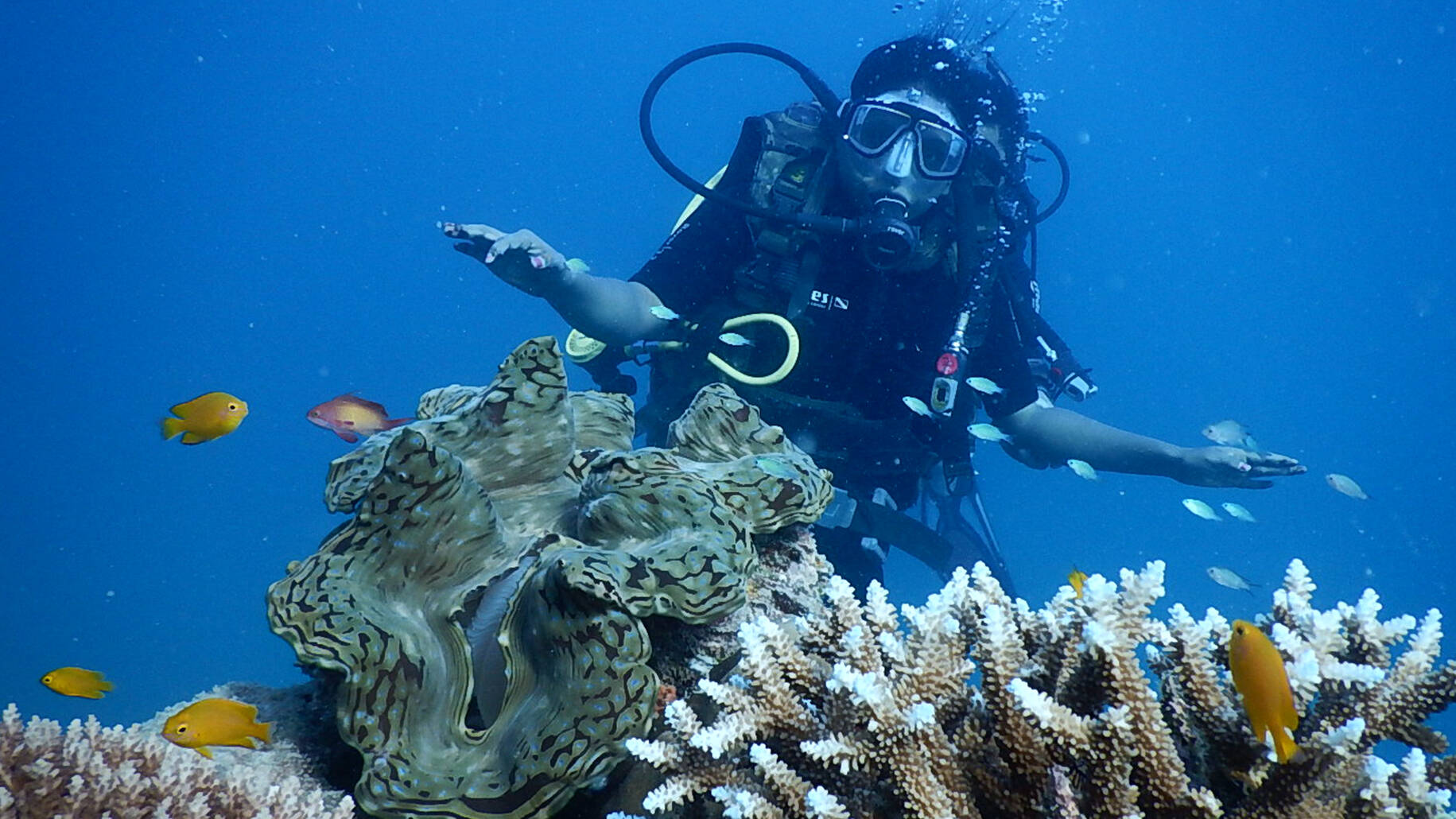
Beach & Water Sports
The calm, shallow waters behind Watamu’s protective reef are perfectly suited for stand-up paddleboarding and kayaking. These activities offer participants the unique opportunity to observe seagrass beds and encounter green turtles in their natural habitat. Professional kite-surfing schools operate on the expansive coastline, providing tailored lessons for beginners and advanced riders, ensuring a safe and engaging experience for all skill levels.
Turtle Conservation & Eco-Tours
Local conservation organizations offer structured nighttime turtle-watch programs, guiding small groups along Watamu Bay to witness olive ridley and green turtles nesting. Daytime eco-tours include supervised access to hatchling nurseries, allowing guests to participate in the release of young turtles under the guidance of marine biologists and trained community volunteers.
Cultural & Historical Visits
A short drive inland brings guests to the Gedi ruins, a significant 13th-century Swahili settlement. Expert guides lead informative tours through ancient mosques, palace remains, and granaries surrounded by iconic baobab trees. The experience highlights historical trade routes that once connected the East African coast with Arabia and India, enriching visitors’ understanding of the region’s cultural heritage.
Bird Watching & Mangrove Trails
Early-morning guided walks along the Goshi and Marereni Creek boardwalks offer opportunities for wildlife observation, including mangrove kingfishers, Malindi pipits, and the elusive crab-eating raccoon dog. Boat tours through the mangrove creeks provide further chances to spot hamerkops and herons, while guides offer commentary on the area’s unique estuarine ecosystems.
Watamu Marine National Park is part of the Malindi‑Watamu Biosphere Reserve, designated by UNESCO in 1980.The park’s coral formations include the largest known stand of giant clam in the Western Indian Ocean.
Gedi’s ruins were rediscovered only in 1923 after colonial teak‑hunters reported the site to the Kenya Antiquities Service.
Seasonal plankton blooms off Watamu support whale‑shark aggregations (March–May), making it one of the few places in East Africa for reliable whale‑shark sightings.
The adjacent Arabuko‑Sokoke Forest—just 15 km inland—is East Africa’s largest surviving coastal rainforest, home to the endangered Sokoke scops-owl and Clarke’s weaver.
Plan your visit
Take the first step to plan your trip with us. Our team will take the rest.
















